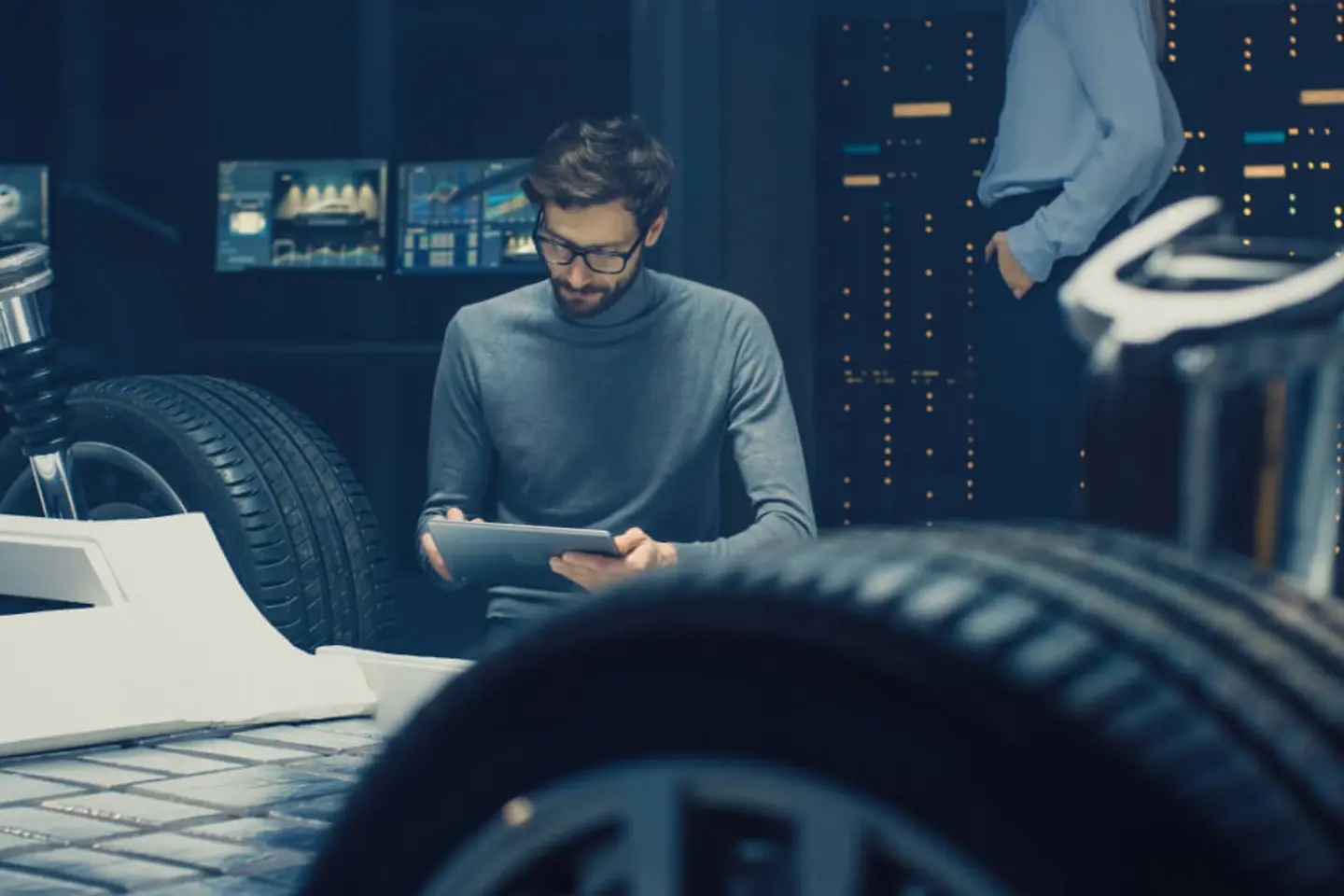
All of these impulses also have an enormous influence on the way cars are developed. Driving assistance systems and online value-added services are becoming increasingly powerful in modern vehicles, and vehicle electronics, on-board sensors and bus systems are becoming more complex and collecting increasing amounts of data. This data has to be evaluated intelligently during test drives in order to meet the highest quality standards during subsequent series production. At Mercedes-Benz AG – which focuses on services and the development, production, and sale of passenger cars and vans – existing systems have also reached their limits in terms of capturing data from test drives.

The new system provides Mercedes-Benz with a trailblazing and future-proof platform that significantly accelerates the work of development engineers and enables a quicker time-to-market. Engineers at the development sites can now access the measurement data within a few hours. They can work immediately with the measurement results as well as identify errors directly, and therefore initiate a new test run. This keeps them closer to the test and shortens development cycles. The new solution also offers another advantage: detailed planning of the measurements or precise specifications for the measurement data to be recorded is no longer required. The engineers can access the entire measurement data set at any time and can also evaluate it at a later point in time in answer to specific questions.
This generates tangible cost benefits and facilitates a contribution to sustainability. The number of test runs is decreasing, testing is becoming more efficient, and it is now facilitating data-driven decisions that were previously only possible with an immense amount of effort and a much longer lead time. Engineers can continue to use their trusted systems while also taking advantage of different tools in the big data community, as the built-in API allows for easy interfacing with BDSP. The API also offers a further advantage: it now makes it possible to perform evaluations of the actual use of the collected data. The introduction of the new architecture also simplifies collaboration between car manufacturers and suppliers, and makes it easier for them to control data. Until now, suppliers received the raw data for their analyses and returned their finished analyses to the original equipment manufacturer (OEM). Now it is also possible for suppliers to perform these analyses directly on the car manufacturer’s system, meaning that the raw data no longer has to leave the company’s premises.
It is now possible to make data-driven decisions that were previously only possible with much greater effort and a much longer lead time.
Bastian Wymar, Portfolio Management Data Intelligence T-Systems
One of the key milestones in vehicle development is endurance testing. To do this, the engineers from the development departments make precise specifications as to which data should be recorded. At the same time, car manufacturers send a large number of prototypes of new models to various test tracks – in the desert as well as on the permafrost – to closely examine their performance in 3-shift operation. These hand-built vehicles incorporate, among other things, a comprehensive range of measurement technology that records the behavior of the various components (including the software) during endurance tests. Over the course of a shift, anywhere from 10 to 100 GB of data is generated in a wide variety of data formats. These are then transferred from the car to a data warehouse and measurement data management system after the test drive has been completed. The raw data is sent to the engineers at the development sites via fileshares, which are then copied to local file systems. Not only does this process lead to considerable data redundancy, it also results in significant time losses: it can take several days before the engineers have access to the measurement results. If any faults are then detected, cars and drivers are already in other places. This makes it extremely time-consuming and cost-intensive to reproduce the tests. The situation is made worse by current developments towards electric and automated driving, which are increasing the amount of data collected into the TB range. T-Systems has developed a new process to reduce data provisioning time in the future.
T-Systems’ powerful end-to-end solution optimizes the entire process and enables data to be used “as a service”, much to the delight of customers. The core components of the solution are edge computing resources, a central cloud platform, the Hadoop/Spark-compatible big data signal processing software and the Federated Spark system based on it. After completing the test drive, the measurement data (signals) are transferred to the big data cluster via Wi-Fi. This is located on the edge computing resources that are permanently installed at the test sites. They are managed and operated by T-Systems. Big data signal processing (BDSP) technology is also installed on the on-site systems. The BDSP pre-processes the measurement data, by transcoding the various collected data formats to established big data formats.
This can achieve up to 40 times faster processing for decoding and subsequent analysis than conventional tools. This is possible because BDSP enables parallel interpretation of the collected measurement results from distributed, binary, or textual trace files. In practice, the data is reduced in size by up to 90 percent. BDSP also offers support for resampling and tagging of signals and has an API that allows it to be connected to other systems. A central cloud with a Federated Spark system complements the edge part of the solution. This system provides engineers with access to measurement data – regardless of where it is located. The Federated Spark system automatically identifies the data for developers. In addition to finding the appropriate data, the developers also initiate the corresponding evaluations on the edge servers via the cloud. In other words, only instructions and results need to be transferred between the test sites and the developers' workstations, not the entire raw data sets. This eliminates the need for cost-intensive expansion of the MPLS network.
The measurement data is already stored in an encrypted form in the vehicle and remains highly encrypted and secured at all times. This also holds true for the transport layers including the transport protocols between the vehicle and edge resources as well as for access to the networks.